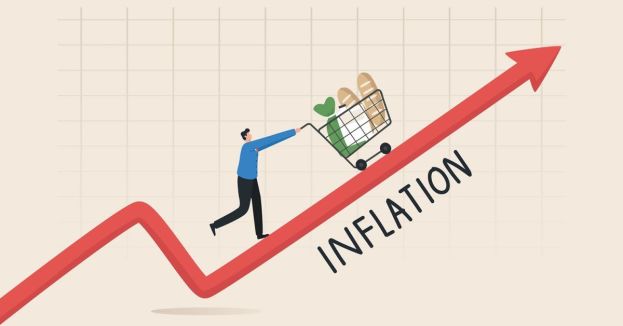This development was contrary to the expectations of economists who had predicted an addition of 243,000 jobs in April, as compared to the 303,000 jobs that were added in March, according to initial estimates. They had also anticipated that the unemployment rate would remain steady at 3.8%, as reported by Reuters.
The job gains have been accompanied by a sluggish economic growth, with the gross domestic product (GDP) recording a mere 1.6% year-over-year increase in the first quarter of 2024.
WATCH: ASTRAZENECA SUED OVER VACCINE WOES![]()
May 04, 2024
Inflation continues to pose challenges for businesses seeking to hire, with a year-over-year increase of 3.5% in March, up from 3.2% in February. This is significantly higher than the Federal Reserve's target of 2%. The combination of low economic growth and consistently high inflation has led to speculation among market observers about the possibility of the U.S. economy entering a period of stagflation.
WATCH: JOHN FETTERMAN IS HILARIOUS DEALING WITH DERANGED LEFTISTS![]()
However, factors such as a low unemployment rate have led many, including Federal Reserve Chair Jerome Powell, to dismiss the notion of stagflation. Powell stated on Wednesday that he doesn't see "the stag or the flation." The Federal Reserve announced on the same day that it would maintain its federal funds rate at the current range of 5.25% to 5.50%, the highest rate in 23 years. This measure was taken to control inflation and stabilize the economy.
The first quarter also saw a slowdown in U.S. business productivity growth to 0.3%, while growth in manufacturing productivity increased by a mere 0.2%. This has raised concerns about future economic growth levels that are partly dependent on productivity increases. Government spending has also contributed to growth, leading to a surge in the national debt to over $34.6 trillion as of April 30, as per the Treasury Department.
WATCH: EVEN CNN CAN'T BELIEVE WHAT A LIAR MICHAEL COHEN IS!![]()
It is worth noting that previous job numbers have often been revised substantially after their initial announcements. In 2023, the federal government overestimated the number of jobs in the U.S. economy by a cumulative 1,255,000, averaging 105,000 per month.








 Discover alternative ideas that will make you think
Discover alternative ideas that will make you think Engage in mind bending debate
Engage in mind bending debate Earn points, rise in rank, have fun
Earn points, rise in rank, have fun


